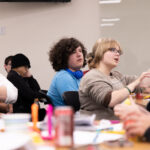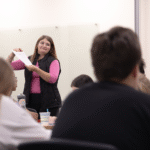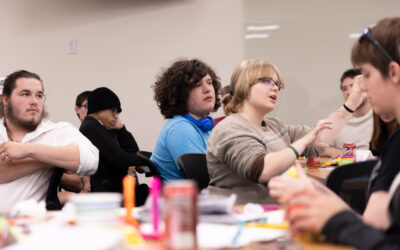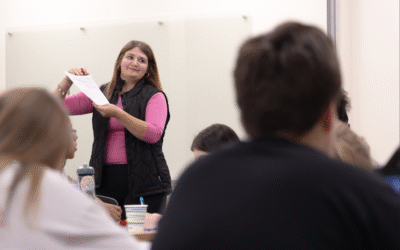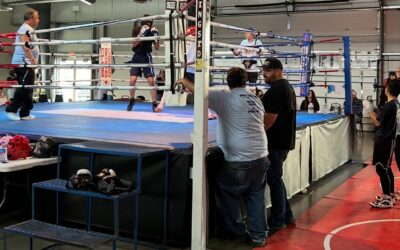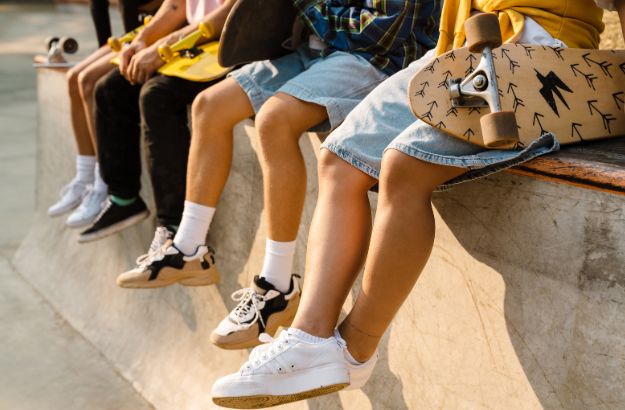
Picture this: it’s a warm evening at the skate park. Wheels clack against concrete, laughter echoes from a group gathered by the ramps, and someone lands a new trick to a chorus of cheers. A few blocks away, a cozy bookstore hosts an open mic night—young writers share their poetry while others sip cocoa and browse the shelves. Down the street, a drop-in gym buzzes with energy as teens shoot hoops, chat between games, and unwind after school. And around the corner, the library’s youth space hums with conversation—students huddled over laptops, others sharing a playlist or debating their favorite movies.
What do all these scenes have in common?
They’re all happening in what sociologists call third spaces—settings that aren’t home (first space) or school/work (second space), but a critical third place where people gather, connect, and build community. For youth, these spaces are often the first environments where they can be themselves outside of structured roles and responsibilities. Whether it’s a library, club, sports venue or coffee shop, these informal settings help young people build social connections, feel a sense of belonging, and access supportive resources. Designed with and for youth, third spaces foster resilience, reduce isolation, and offer alternatives to risky behaviors. They’re where relationships deepen, identities are explored, and a sense of belonging begins to grow.
Third spaces offer something uniquely valuable: freedom with structure. They’re often semi-supervised or lightly facilitated, meaning teens can enjoy autonomy while still having support or guidance if needed. These places encourage intergenerational connection, creative expression, and peer support in ways that traditional institutions sometimes miss.
Think about the third spaces in your own life— where do you go in our community to feel connection and freedom? And perhaps more importantly, where did you go as a teenager to feel seen, to feel free, or just to hang out without pressure? Maybe it was a local library, a friend’s garage band jam space, or a neighborhood basketball court. Today’s youth need those places just as much—if not more.
Examples of third spaces
In Fort Collins, Colorado, the Teen Activity Center (TAC) is doing just that. Designed specifically for teens, TAC offers free, safe, and inclusive programming every day after school. With activities like music lessons, art projects, and gaming, it gives teens a space to explore who they are and what they care about, all while building friendships and connecting with trusted adults.
Over in Boise, Idaho, the Boise Brick House is another powerful example. It’s a youth-run peer center where young people ages 12–24 can drop in, find community, and get support with mental health and wellness. By centering youth voices and leadership, the Brick House creates an environment where teens feel not just welcome but empowered.
These third spaces are more than just places to pass time—they’re places to grow. In a world where teens often face high levels of stress, disconnection, and digital overload, third spaces provide something rare: real-time, real-world community.
The Health Trust’s Role in Third Spaces
Our focus on third spaces is an outcome of our broader work with the Youth Mental Health Collective (YMHC)—a community-driven initiative responding to rising mental health challenges and violence among young people. At a recent youth forum facilitated by the Trust, participants clearly voiced a need for more safe places to gather, connect, and just be. Later in June, we’ll be releasing details on how we want to assist existing third spaces in our community as well as create new ones – and how youth will be involved in leading that effort.
Because when we invest in third spaces for youth, we’re not just giving them something to do. We’re giving them space to belong…and to become.
